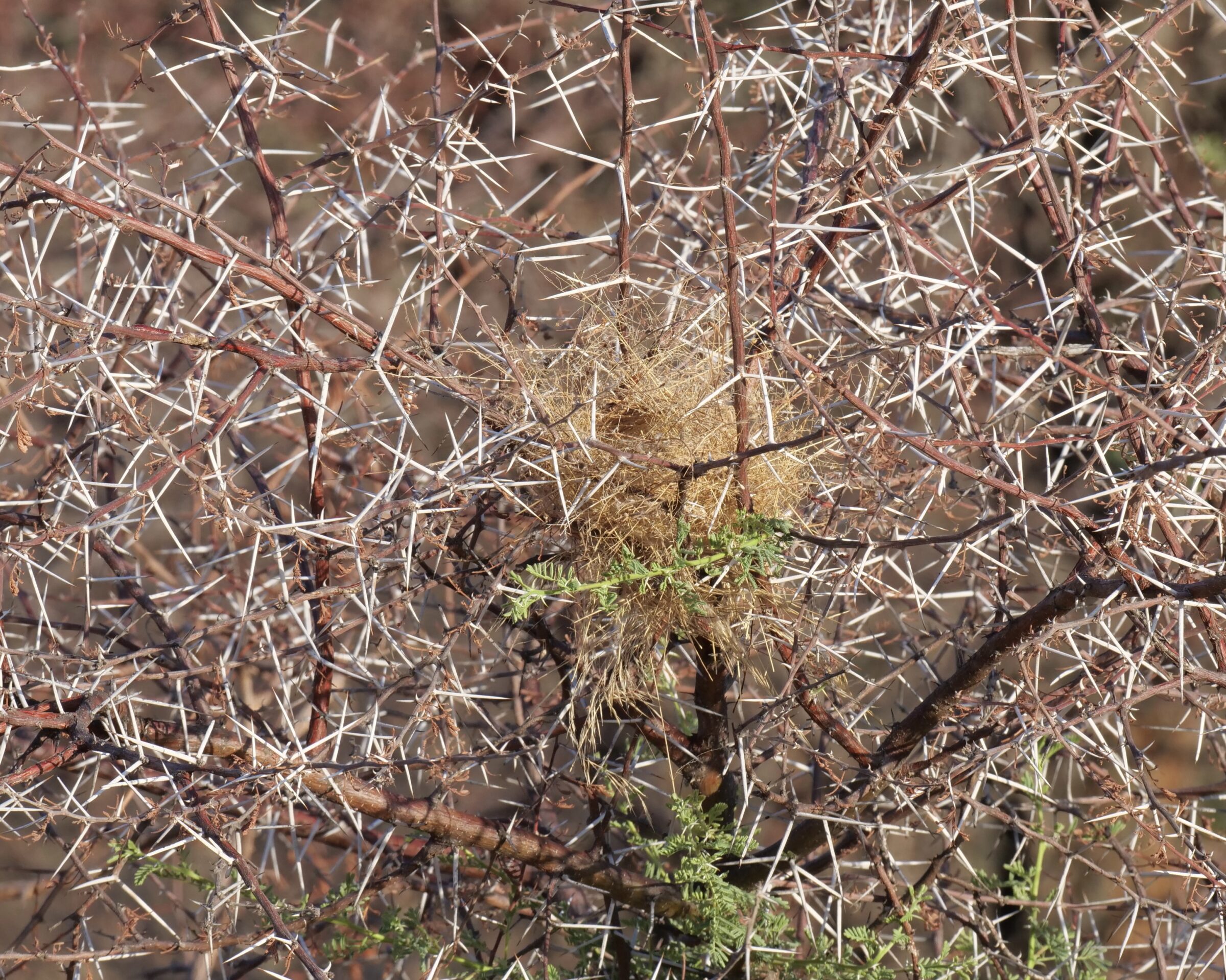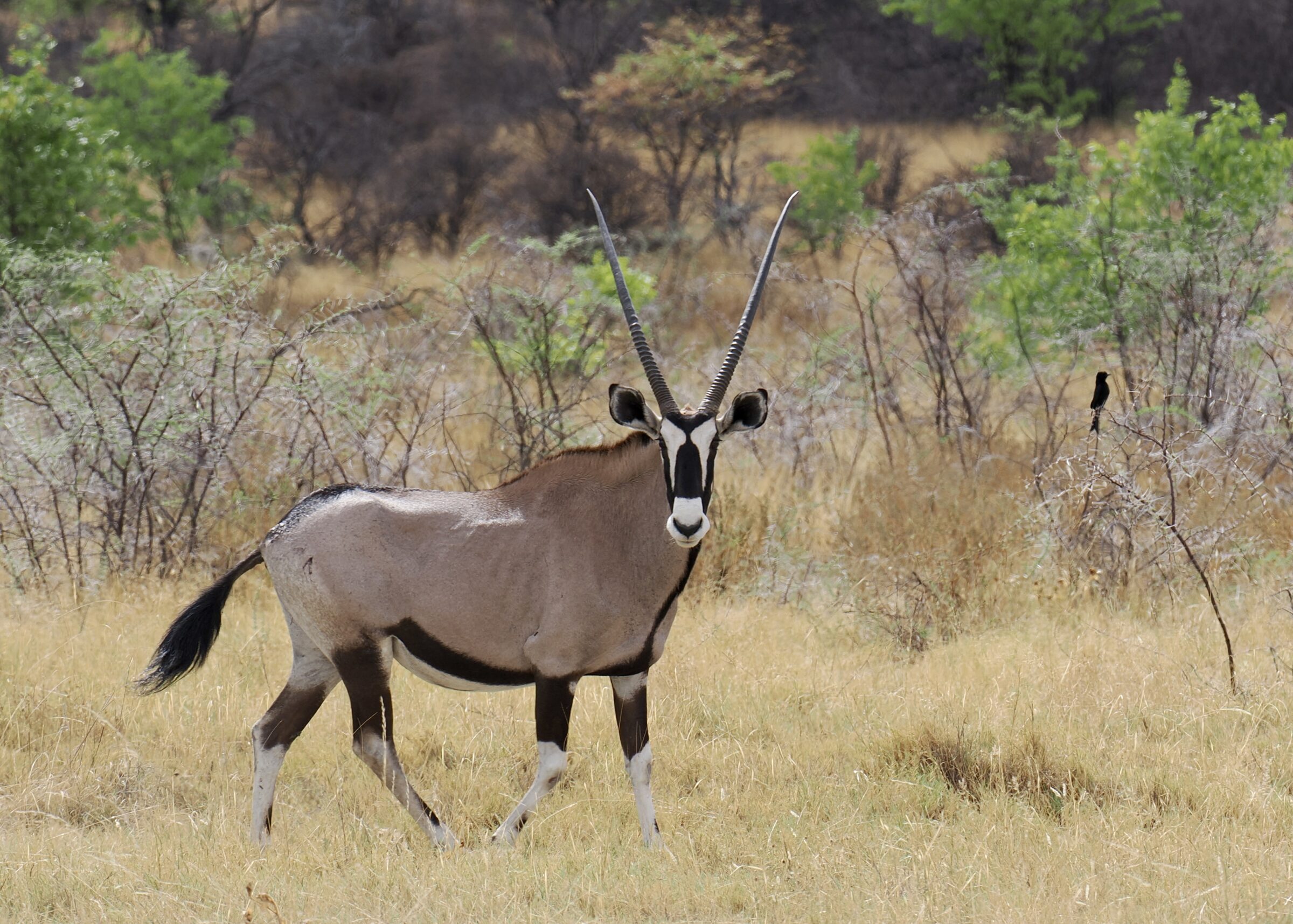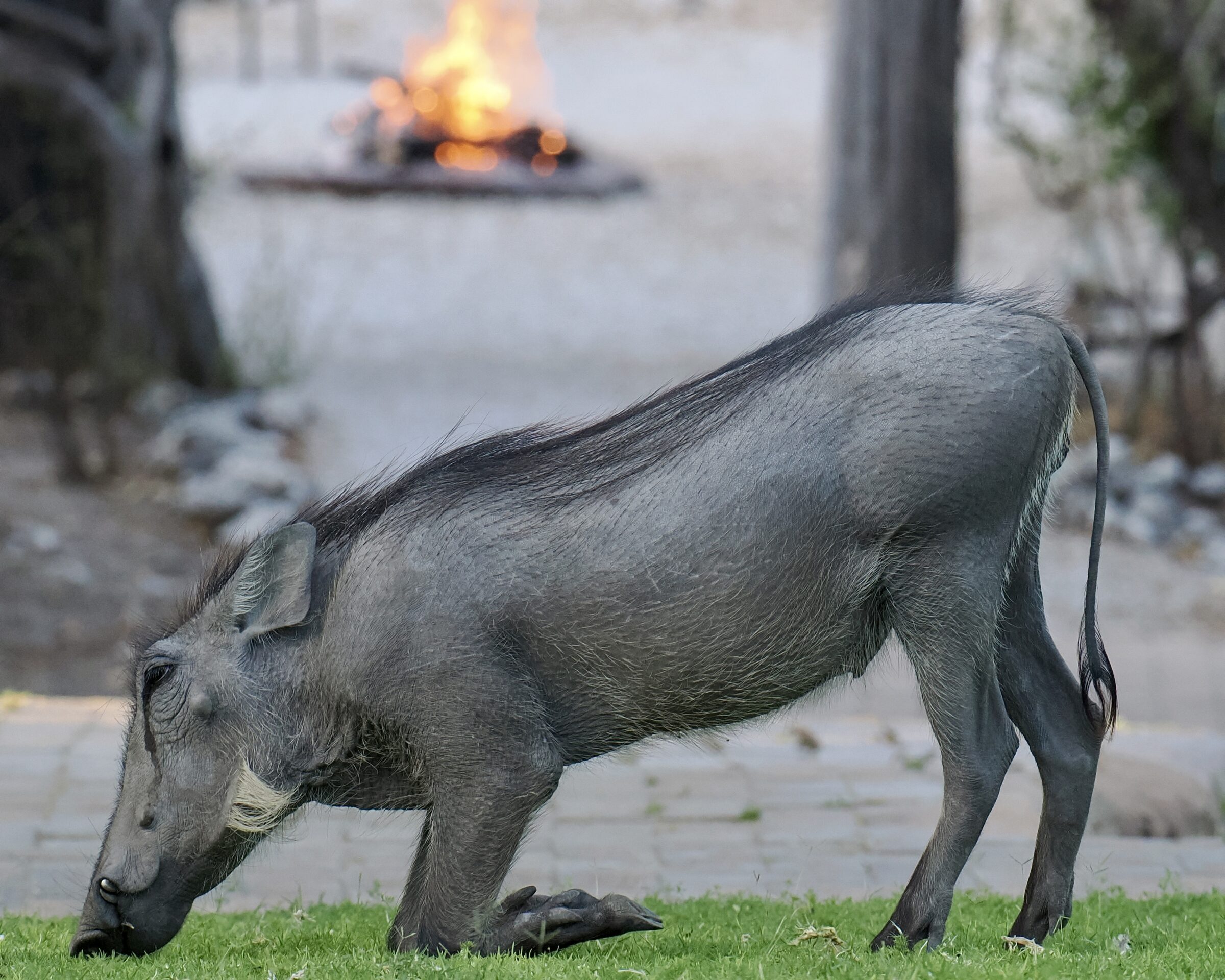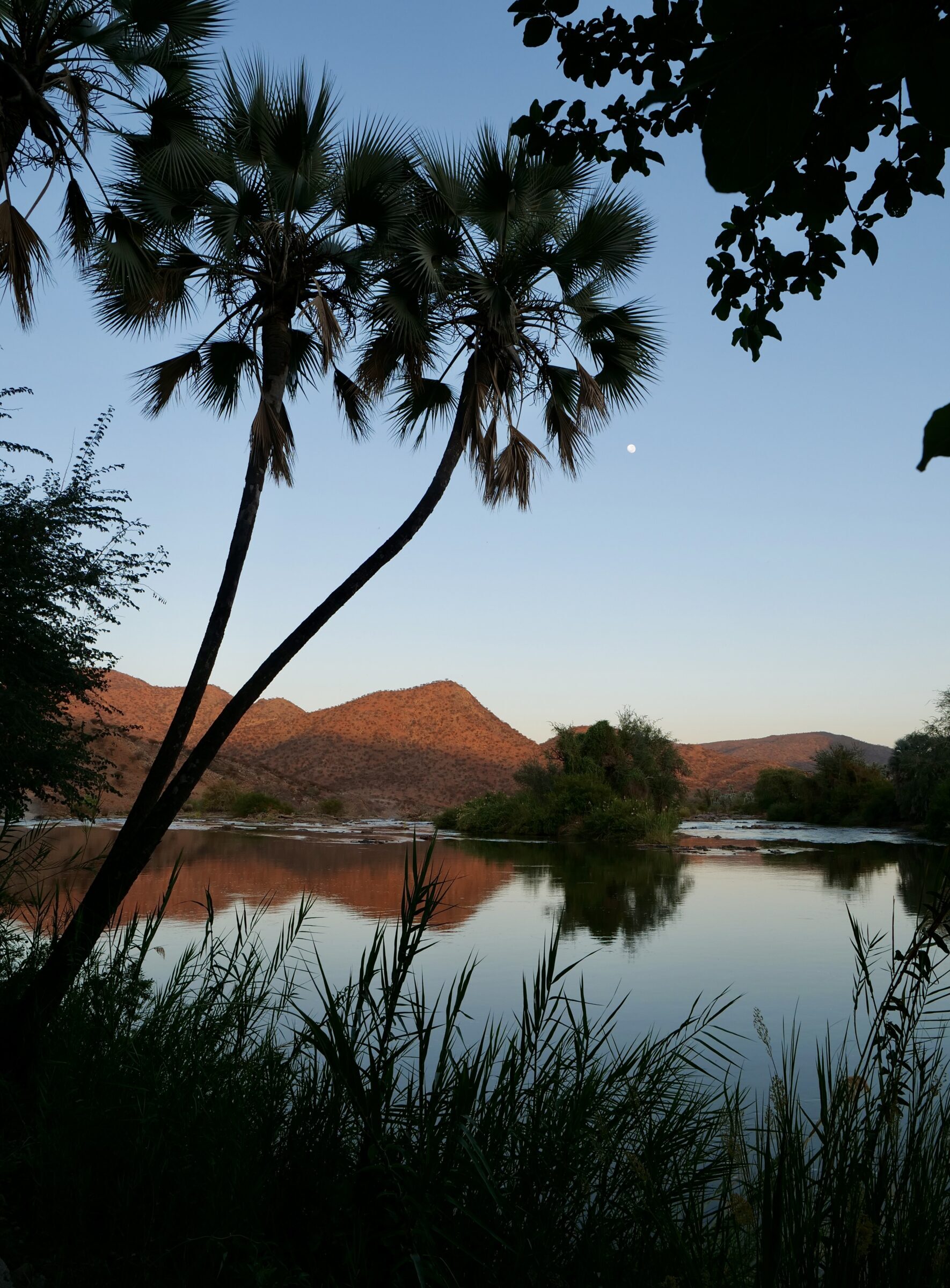Sick of strange, odd, eccentric or exceptional persons, things and phenomena?
You believe signs/believe in signs?
if your answer to both questions is “yes”, a town/region you have never heard of has “just the place” for you!
It is conveniently located in the world’s second least densely populated nation, not far from its border with Angola…
Comments closed








